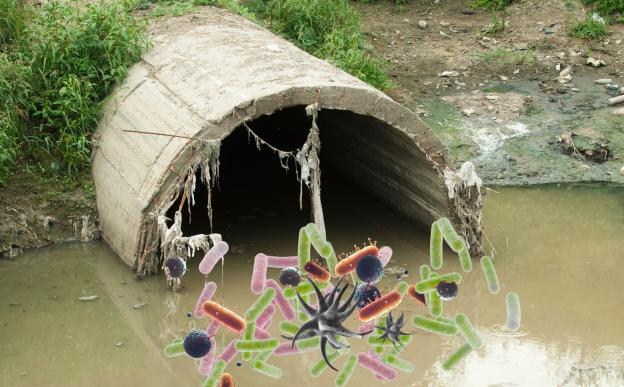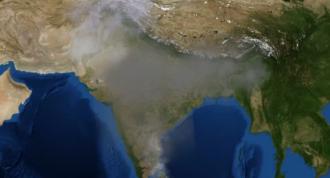
Photo : Purabi Deshpande / Research Matters
The World Health Organization’s 2016 Global Urban Ambient Air Pollution Database lists 4 Indian cities among the top 10 with highest concentrations of particulate matter (a mixture of solid and liquid particles, suspended in air) of less than 2.5 microns in size (PM2.5). Over the years various attempts have been made to curb air pollution in cities like Delhi, one among the 4, but with little or no success. One of the major obstacles in devising efficient and informed control strategies has been lack of data. While data on outdoor air pollution is useful in designing control and mitigation strategies, data on an individual’s exposure to air pollutants (e.g., PM2.5 and black carbon (soot)), for instance can help design better exposure reduction strategies.
“In order to assess the health impacts of exposure to air pollution, it is important to have a clear estimate of the levels of air pollutants people get exposed to,” says Dr. Pallavi Pant a postdoctoral researcher at the University of Massachusetts, Amherst (USA). Recently, Dr. Pant, along with researchers from the Indian Institute of Technology, Delhi, University of Massachusetts, USA, and the University of Washington, USA, published what could perhaps be the first study to analyse the levels of personal exposure (PE) to air pollutants in Delhi for the general population. This, the researchers say, could provide more details on the health impacts seen in individuals affected by exposure to air pollution. The study was published in Elsevier’s journal Environmental Research and was financially supported by WRI Ross Centre for Sustainable Cities.
The researchers collected PE data with the help of a group of volunteers based in Delhi. After analysing this data against different activities performed by individuals, they found that commuting, indoor-cleaning and cooking are activities that would result in highest exposure to PM2.5. However, that doesn't necessarily indicate a general trend for the entire population. Depending on socio-economic status, location, age, occupation and other factors, the activity patterns and hence the associated personal exposure can vary, they say.
“Total personal exposure of an individual depends on the concentrations of pollutants in his or her microenvironment (like kitchen, office, car, gym etc.) and the time he or she spends in these microenvironments. If we consider an office worker versus a street food vendor, the total exposure for the street food vendor will likely be much higher in comparison because he/she is in an environment that has higher levels of air pollution,” explains Dr. Pant.
There is enough evidence to suggest that long-term exposure to PM2.5 can have many adverse health effects including heart attack, stroke and respiratory diseases such as asthma and bronchitis. Black carbon, or soot is also reported to cause human morbidity and premature mortality. This makes this study all the more important. By identifying high exposure activities, we can either avoid them, or take necessary precautions to reduce the risk.
“In indoor environments, the best way to protect oneself is to make sure that the areas are adequately ventilated, and individuals can also use masks to protect themselves while cleaning. For areas where dust is an issue, it is useful to consider strategies that will prevent resuspension during the cleaning process,” says Dr. Pant.
Another interesting find of this study is the reduced exposure among people who used car or CNG buses to commute, in comparison with those who used two-wheelers or autorickshaws. In buses, soot was also found to be less. Turns out, switching to public transport will not only help reduce emissions but may also be a very good tactic to shield from exposure to pollutants.
This study does offer a new dimension to look at data-based evidences of how pollution is affecting individuals with regards to their daily routine. But to effectively design strategies to beat pollution in the long run, we definitely need more such studies. “This was a pilot study, and the goal is to conduct a more comprehensive study focusing on measurements in indoor environments as well as personal exposure of individuals in other Indian cities. Other researchers are also undertaking similar studies”, says Dr. Pant.
Hopefully, in future, policy makers will lay more emphasis on facilitating scientific studies that generate relevant data, so that sustainable and effective solutions can be designed.

























